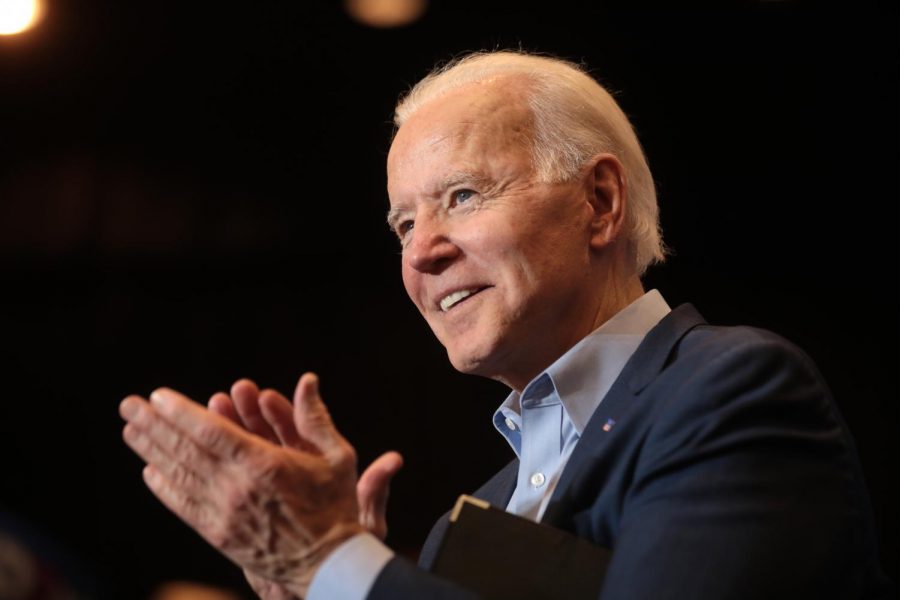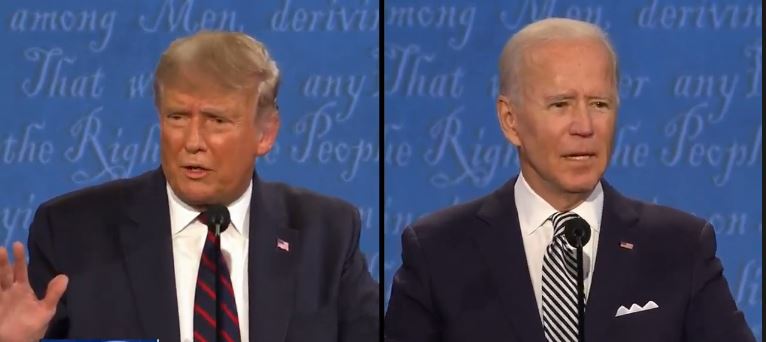Unrest and sudden changes in General Motors’ leadership structure has prompted doubts about the long-term future of the company.
 In 2008, GM was the world’s second largest automaker ranked by global unit sales, but endured a tumultuous 2009 by filing for Chapter 11 bankruptcy in June. The U.S. and Canadian governments now have majority ownership.
In 2008, GM was the world’s second largest automaker ranked by global unit sales, but endured a tumultuous 2009 by filing for Chapter 11 bankruptcy in June. The U.S. and Canadian governments now have majority ownership.
Last Tuesday, GM chairman Ed Whitacre announced in a prepared statement that president and CEO Fritz Henderson resigned.
This change occurred only two days in advance of the Los Angeles Auto Show, where GM wanted to discuss the Chevrolet Volt, the car it believes can lift the company out of its current funk.
The plug-in hybrid electric Volt is scheduled to arrive in California showrooms in 2010 and nationwide by 2011, the company said at the LA Auto Show.
Bob Lutz, GM’s vice chairman, spent time answering Henderson-related questions instead of the Volt and future of the “New GM.”
“I know you’d all like the true account of what happened at General Motors Tuesday,” Lutz said in a Los Angeles Times Thursday report. “I’m not going to tell it.”
Henderson took over in March once the government’s National Automotive Service Task Force prompted the ousting of the company’s previous CEO, Rick Wagoner.
Henderson was considered a GM “lifer,” having spent 25 years with the company and gaining respect from his peers after making some risky decisions, according to Emile Bouret, road test & design editor of OnCars.com.
On Thursday, Whitacre announced Mark Reuss as the new president of GM North America and Susan Docherty vice president of Vehicle Sales, Service and Marketing operations.
Regarding the new appointments, Bouret said going outside the traditional mold of a “car guy” is an intriguing prospect.
“It’s significant that the company has lost a ‘car guy’ as its CEO and that his interim replacement is not,” Bouret said.
He added Lutz taking a more significant role in the company’s day-to-day operations, at least on an interim basis, is a positive. But thinking long-term, one has to wonder how much longer Lutz will be interested, he said.
Bob Golfen, automotive editor for SPEEDTV.com, said the combination of poor timing and sales has not helped boost consumer confidence in GM.
“Instead of spreading excitement with its new products, GM gave people plenty of fodder for negative speculation,” Golfen said.
John Oreovicz, auto racing and automotive reporter for ESPN.com, said GM’s products have been sagging for years, and only now is GM making a concerted effort to turn things around.
“GM’s always been mismanaged,” Oreovicz said. “They lost sight of the real function of a car company, making good cars. It’s been all about the bottom line.”
Golfen surmised GM has been on a downward trajectory for years and has seen weak sales in 2009. Without confidence in the brand, worse could be in store.
“Fear is a major motivator in such big purchases, and consumers are afraid a GM collapse could leave them without warrantees or spare parts,” Golfen said. “That’s not very likely, but that’s the fear.”
Bouret said of GM’s four remaining brands — Buick, Chevrolet, Cadillac and GMC — sales could rise thanks to improved products and the economic turnaround.
“The bright spot that should give us hope regarding the future of GM is that there are some great, world class products either available now or coming soon,” he said.




